No products in the cart.
March 26, 2025
This week, Silvio answers my questions. He is a passionate photographer.
In his adopted home of East Frisia, he specializes in capturing his clients’ stories through images.
His services include weddings, family portraits, corporate events, and artistic projects. Silvio places great importance on creating a sense of trust – it’s the only way to capture truly authentic moments.
What’s your name?
My name is Silvio.
Where do you live?
I’ve been living in East Frisia with my family for around 25 years.
What kind of art/creativity do you mainly do?
I’m a photographer – nowadays working exclusively in digital. Since 2015, I’ve been working part-time as a photographer, focusing mainly on portrait and reportage photography. People are at the heart of my work: their stories, their emotions, their authenticity. I'm not chasing perfection – I’m trying to capture what’s real. The moments in between the moments.
Have you completed any formal training, or are you self-taught?
I don’t have a traditional photography degree from an offline school, if that’s what you mean. I’ve built my knowledge over many years – mainly through hands-on experience, creative experimentation, trial and error, and through learning from others. Workshops and online courses have helped me sharpen my eye and learn new techniques. That said, I wouldn’t call myself purely self-taught, because for me, learning happens mostly through exchange.
Where can we see your work? Do you have a website or social media you'd like to share?
If you’re curious, feel free to have a look at my website – though I’ll admit I don’t update it as regularly as I probably should. My social media profiles are a bit more up to date, especially Instagram. That’s where I share current work, a few thoughts on photography, and occasional behind-the-scenes glimpses – stay tuned.
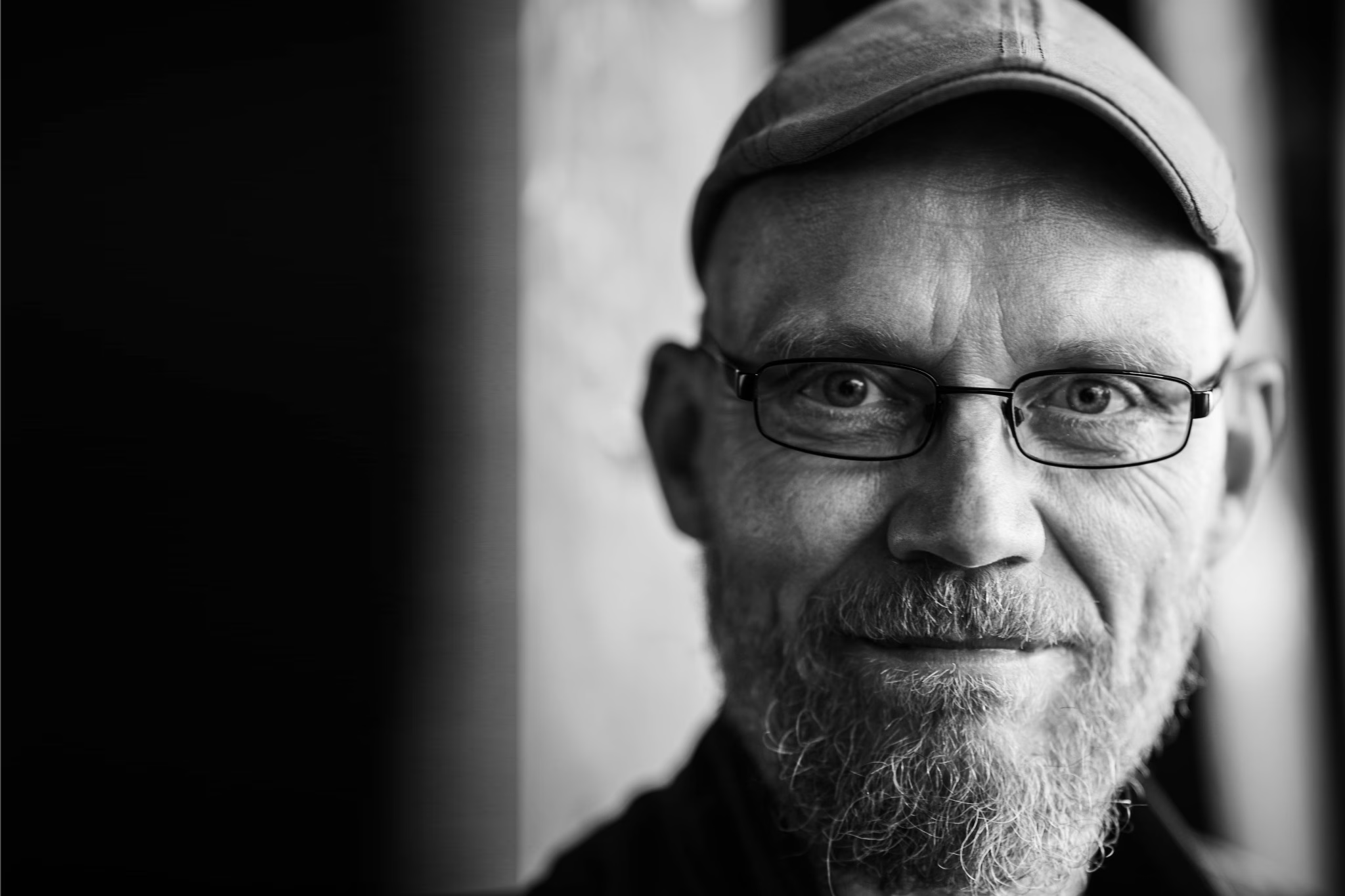
Silvio – Photo by Alexandra Bunde 2023
Cover image: Irina Mirja 2024 – also pictured: Melissa Maaß
Oh, first I’d like to point out that I don’t necessarily equate creativity with art – though the other way around, that makes more sense to me. For me, creativity is simply part of life. It’s about thinking beyond fixed patterns, finding unconventional solutions – ideally before a problem even fully exists.
Maybe that also has to do with how I was brought up: I didn’t grow up in West Germany, but on the other side of the Wall. Life paths were often predetermined there, but at the same time, a very specific kind of creativity developed. Improvisation was essential – in everyday life and in the way people found ways to make life beautiful despite the constraints of a shortage economy. That creative approach to challenges, the collaborative search for solutions – often in quiet resistance to the state’s constant surveillance – really shaped me. I think that was the real beginning of my creative journey.
In general, I’d say people are my main source of inspiration. That might sound a bit cliché at first, but it’s really the diversity of human personalities that drives me. Art also inspires me – in many forms. Music plays an important role in my life, whether it’s the powerful energy of P!NK or the lyrics of Peter Fox.
Naturally, photography itself is also a source of inspiration – whether it’s stunning photo series or the work of other photographers that offer new perspectives. I’m also fascinated by architecture and design, especially the clean lines and visual language of the Bauhaus movement. I try to stay open to a range of influences and keep discovering new things for myself.
The way Peter Lindbergh interacted with the people in front of his camera, and how he portrayed these – by now quite well-known – women simply as the humans they are, rather than as fashion dolls, definitely had an influence on me.
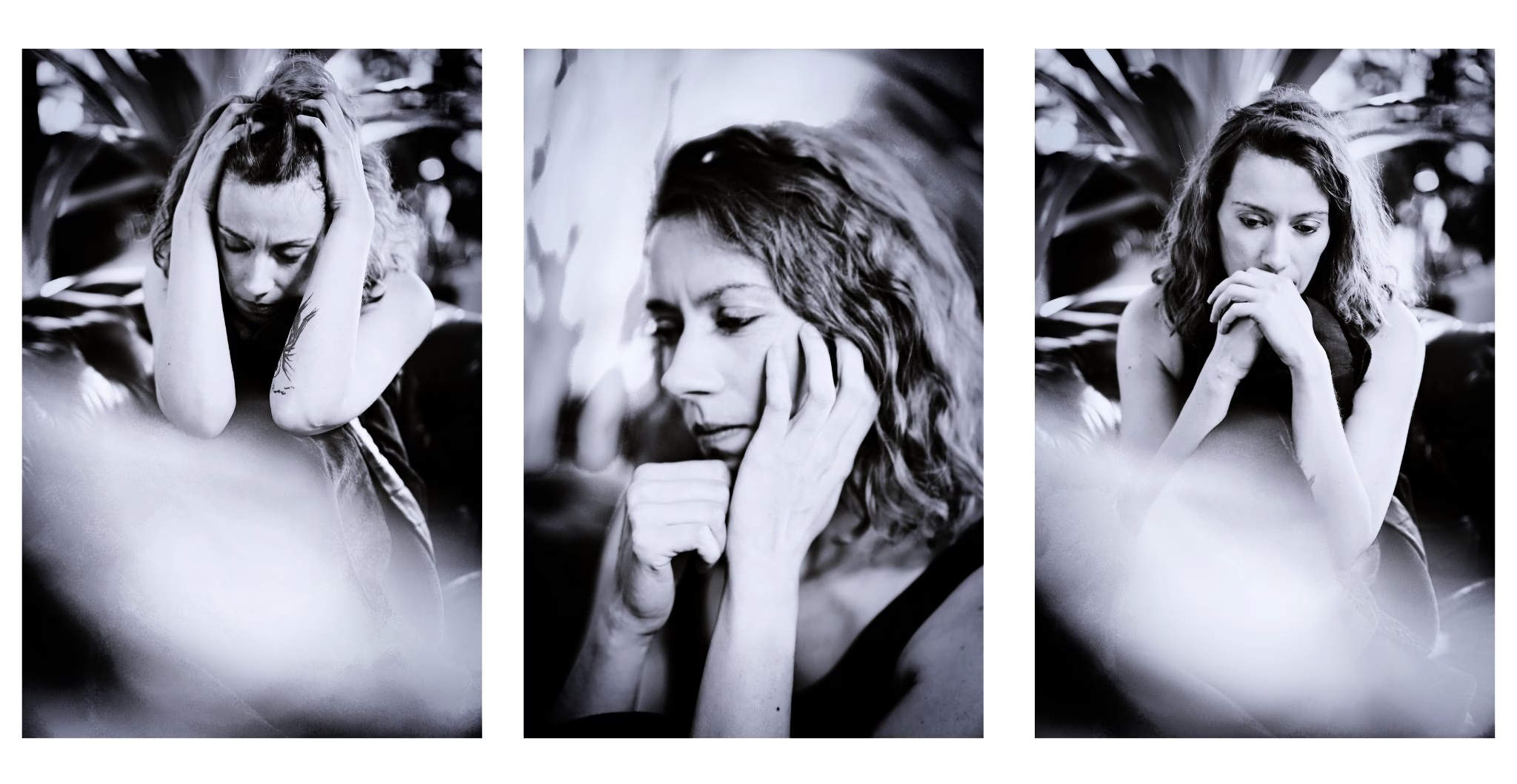
Photo by Silvio Maaß 2023 - 3x shown: Martina Ebert
Lights, camera, action – that’s it.
And yes, that pretty much sums it up. My tools are the camera and the light – my material is people and their stories – and from there, things usually take on a life of their own.
Yes, for some time now I’ve been working on a longer photo series about women’s fears in our society. This project means a lot to me because it doesn’t just reflect aesthetic aspects, but also addresses current social issues. It’s often a very personal experience for the women who choose to take part, and it takes a great deal of trust to express these – unfortunately often exclusively female – fears through images, and to then give permission for them to be shared publicly.
Some of the participants later told me that the shoot was liberating for them in a way – that shows me just how powerful photography can be. I’ve deliberately chosen not to set a fixed deadline for releasing the project. It’s important to me that it gets the time it needs to truly come together. Still, I’m sure that at some point I’ll publish a photo book for all the models and also organise an exhibition on the topic. Both are intended to give the participants – and the audience – the chance to engage deeply with the images and the subject behind them.
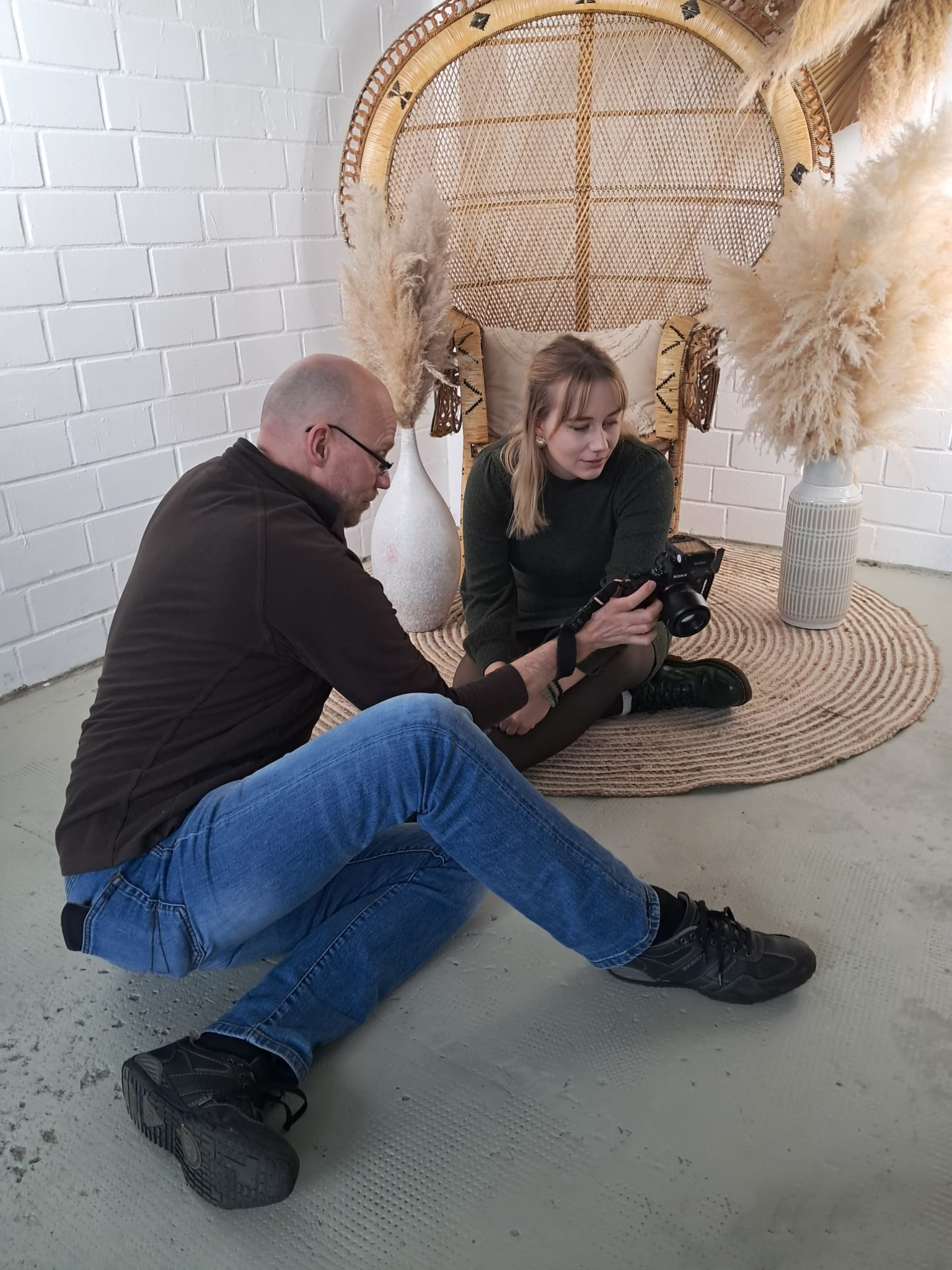
Photo by Lisa Dittrich 2025 — also shown: Melissa Maaß
I don’t actually find the term “artist” all that fitting for my photographic work – for me, it’s more of a creative craft.
And I guess that’s been the real challenge: delivering high-quality work on a technical level – especially when working on client commissions – while also staying true to the creative side. That includes the message of the image, using creative photography techniques, and exploring alternative perspectives.
Balancing both aspects and knowing when to bring in which element is an ongoing challenge.
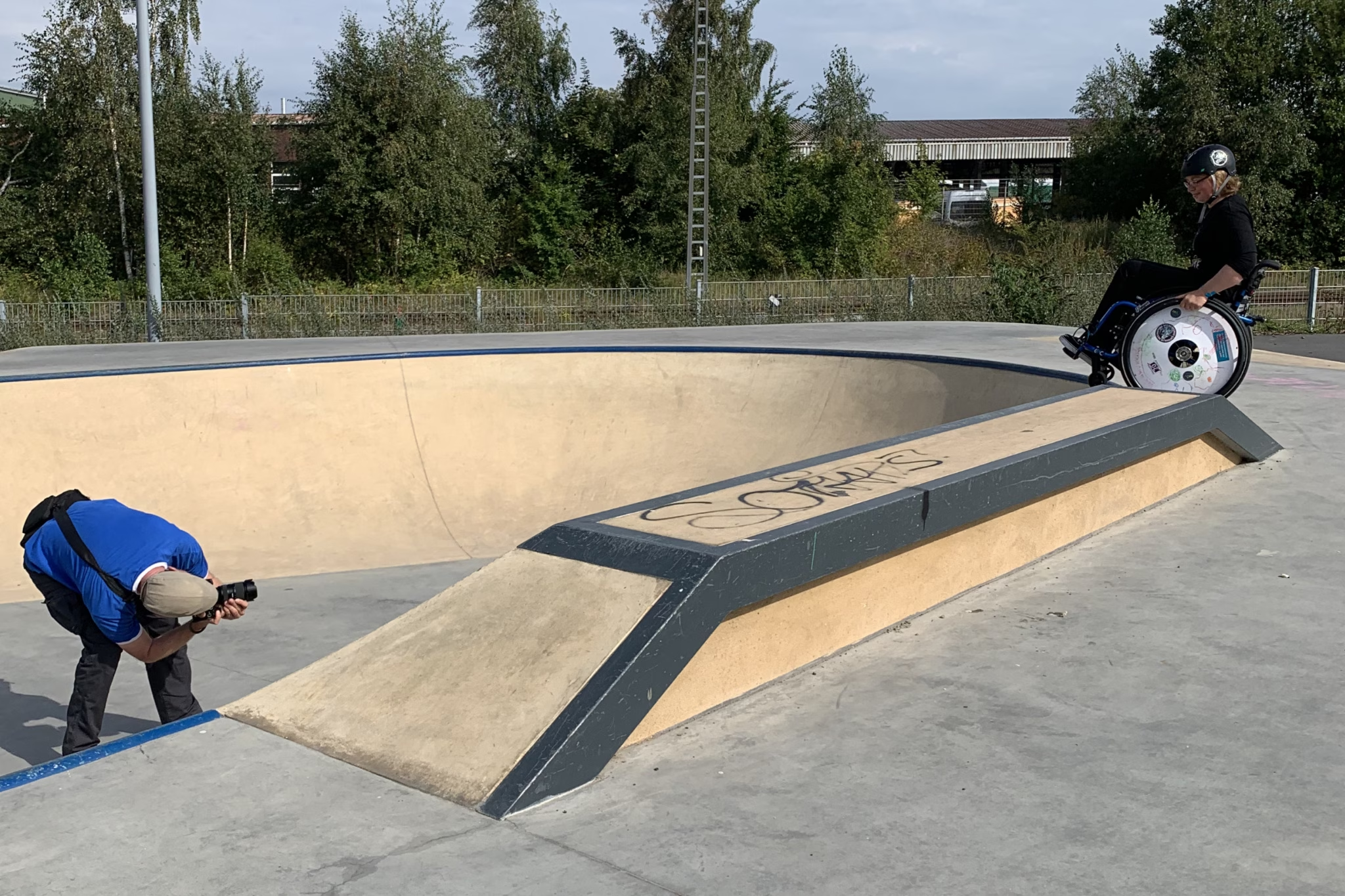
Photo: Melissa Maaß 2023
I really value exchanging ideas with other creatives – it inspires me and constantly opens up new perspectives. Right now, I’m observing an interesting shift within the photography scene: large trade fairs and networking events like Photokina or Photopia are no longer economically sustainable, while smaller, often semi-private meet-ups are becoming more important. These gatherings, organised by photographers, manufacturers or photo retailers, allow for more direct and personal interaction – often much more intense and enriching.
But I also enjoy stepping outside the classic “photo bubble.” I like going to events where I can connect with other creatives – whether it’s a reading or poetry slam, an exhibition opening at the Kunsthalle, or an artist talk at the Weserburg in Bremen. If you move through the world with open eyes, you’ll keep stumbling across exciting opportunities to discover new perspectives and find inspiration.
Of course, the internet plays a big role too. It’s not just a way to connect with others, but also a space to share ideas, exchange thoughts, and get inspired by creative approaches from all over the world.
Art is life, and life is art. I believe every person has a creative side – even if it doesn’t always show up in what we traditionally define as “art.” In that sense, I’m very much in line with Beuys.
For me personally, art – especially through photography – is a form of expression. It’s a way to reflect on my surroundings and my present moment, and in some ways to document my perspective on them. Whenever possible, it’s also about making emotions visible.
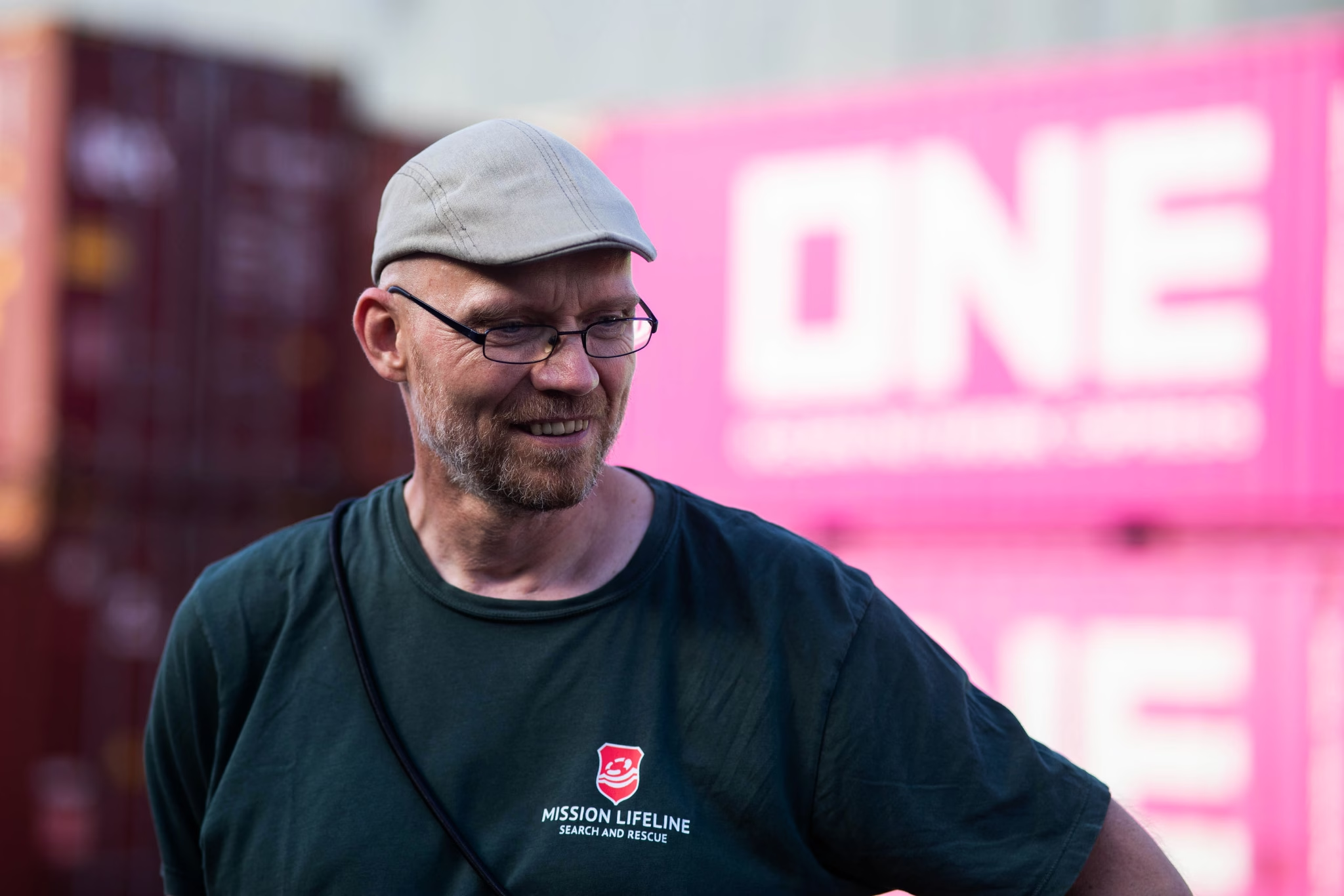
Photo: Alexandra Bunde 2024
Art holds a special place in society – it’s often more visible than the individual behind it, and that gives it a wider reach. With that comes a certain responsibility: artists should be aware that their work has an impact, whether intentional or not.
To me, it’s important that this influence is acknowledged and used with care.
Again and again, it’s people – they are the central theme of my photography. People in the environments they’ve created for themselves – or sometimes caused. People with their strengths and weaknesses, in their diversity, but also in their uniformity. People in everyday life, in their routines and habits. People at turning points, at crossroads, or right in the middle of decisions that are about to steer their lives in a new direction. People who, hopefully, will soon start treating one another with more humanity again.
And my message?
Simple: Be kind!
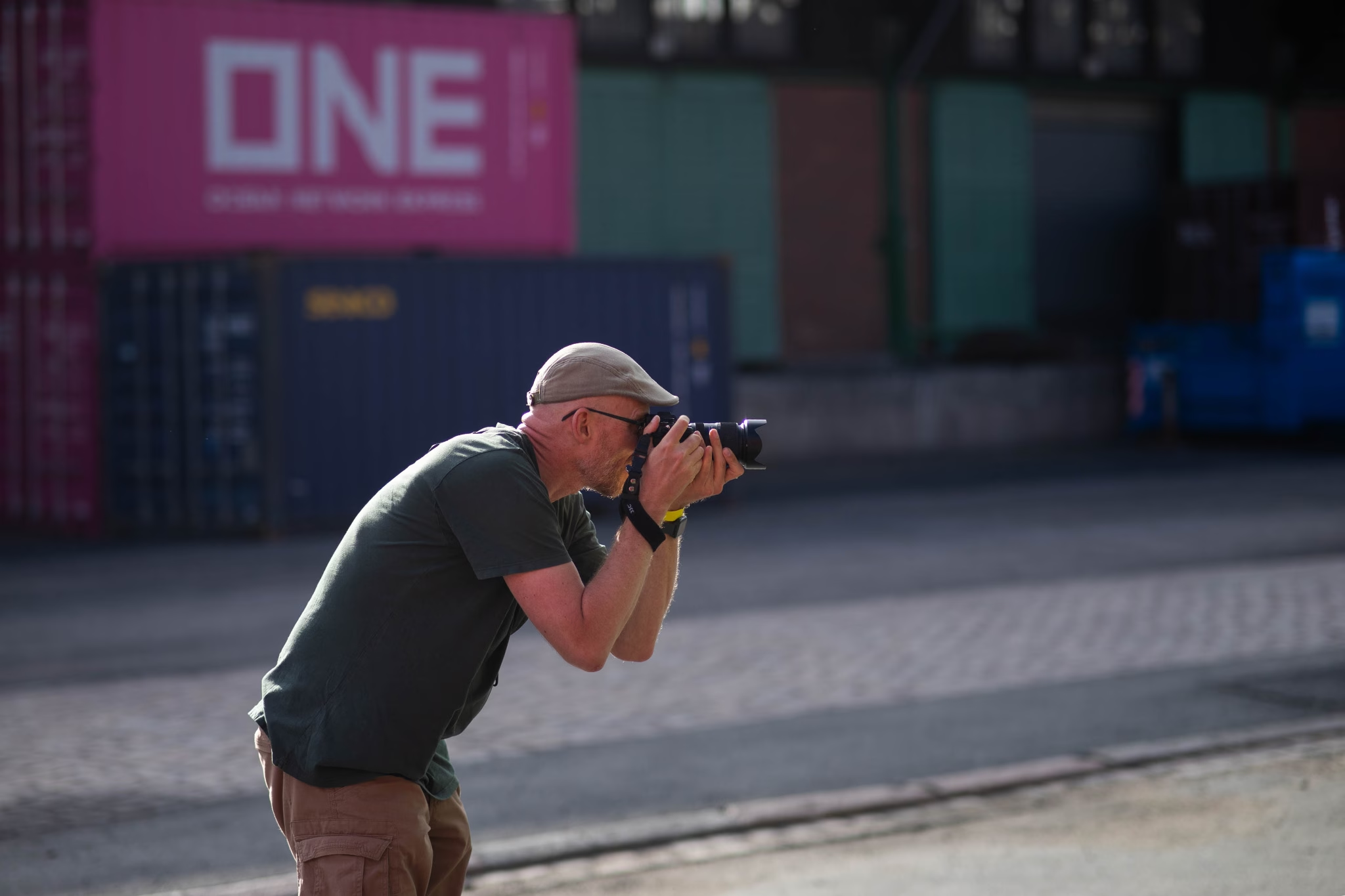
Photo: Alexandra Bunde 2024
Thank you, Silvio!
Do you create yourself – whether with colours, words, sounds, or in any other way – and feel like sharing your creative journey? Then feel free to get in touch.
I’m looking forward to showcasing diverse perspectives in my interview series and learning more about what moves and inspires you.
Join the newsletter now
and not miss a thing
Get exclusive insights into my creative processes, learn the stories behind my artwork
and receive invitations to my exhibitions and events.
To say thank you, I'll give you 10% off your first purchase.